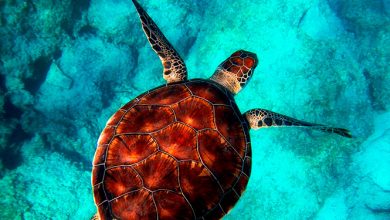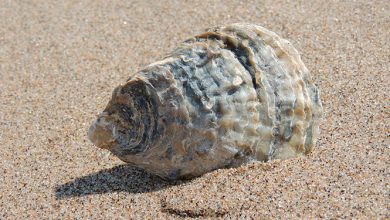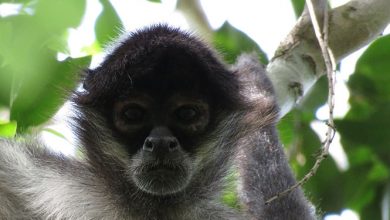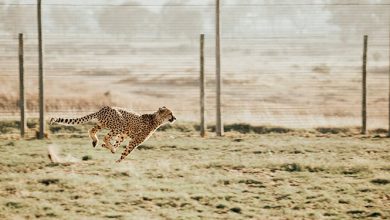A Mexican Crocodile?
The freshwater Morelet´s crocodile can be found throughout the Yucatan Peninsula, even in cenotes!
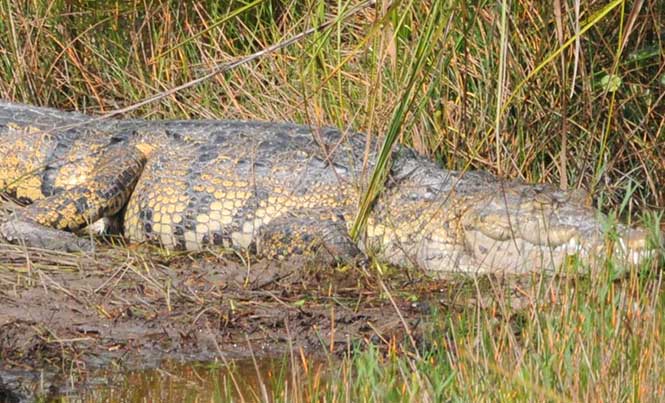
The ‘Mexican crocodile’ or ‘Morelet´s crocodile’ was first described in Mexico in the 1800s by a French naturalist whose last name was Morelet, but it is actually distributed from eastern Mexico through the Yucatan Peninsula and all the way to Guatemala and Belize. This crocodile was often confused with its Cuban relative because of many similarities in their looks. However, it was recognized as its own separate species in the earlies 1900s. They live in freshwater and brackish water too, like swamps, ponds, cenotes, lagoons or rivers.
Characteristics of the Morelet’s crocodile
 This crocodile has a very broad snout and is a dark gray-brown color with dark bands and spots throughout its body. Young crocodiles are bright yellow with some dark bands. It is considered one of the smallest species of crocodile, but it does reach up to three meters long, and males are larger than females. This species is unique because females build mound nests rather than hole nests like other species. In such nests, she lays 25-50 eggs which hatch after approximately 80 days of incubation. Females coordinate this event with the seasons so that the hatchlings are born in the wet season. With the wet season comes plenty of water to swim around and feed in, as well as more vegetation to hide from predators. Baby crocodiles are born at about 17 cm long, and females carry them into the water for a short time during which they are very protective. They are one of the few reptiles that show parental care of their young, although eventually, they do leave them to fend for themselves. These crocodiles feed on fish, particularly as juveniles, but as they grow, they can also feed on small mammals, birds, and smaller crocodiles.
This crocodile has a very broad snout and is a dark gray-brown color with dark bands and spots throughout its body. Young crocodiles are bright yellow with some dark bands. It is considered one of the smallest species of crocodile, but it does reach up to three meters long, and males are larger than females. This species is unique because females build mound nests rather than hole nests like other species. In such nests, she lays 25-50 eggs which hatch after approximately 80 days of incubation. Females coordinate this event with the seasons so that the hatchlings are born in the wet season. With the wet season comes plenty of water to swim around and feed in, as well as more vegetation to hide from predators. Baby crocodiles are born at about 17 cm long, and females carry them into the water for a short time during which they are very protective. They are one of the few reptiles that show parental care of their young, although eventually, they do leave them to fend for themselves. These crocodiles feed on fish, particularly as juveniles, but as they grow, they can also feed on small mammals, birds, and smaller crocodiles.
Exploitation and habitat destruction
The Mexican crocodile was heavily exploited during the 1900s due to the high quality of its skin for leather products, extirpating this species from many localities. Although populations have recovered through protection, habitat destruction is a significant threat nowadays, so monitoring of this species should be done to ensure that any future population declines are noted. Legal trade in the species from Mexico is restricted to animals from registered captive breeding operations, so be sure to check for this if buying crocodile products in these countries.



